The terrain of the seabed, the depth and the pressure are so great that the search and rescue work on the submersible carrying 5 passengers to visit the Titanic wreck is extremely difficult.
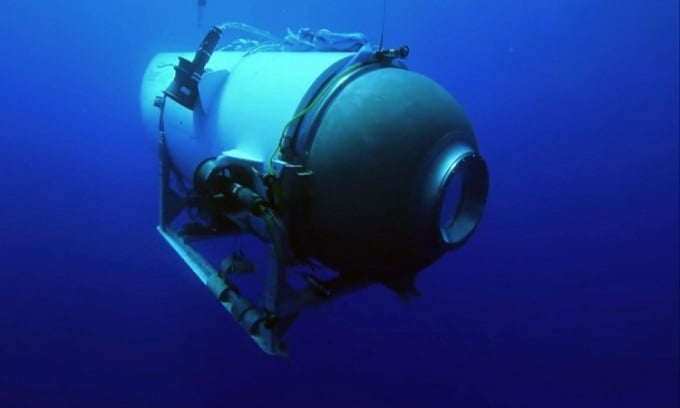
OceanGate Expeditions' Titan submersible. Photo: CTV
Rescuers searching for the missing submersible while visiting the Titanic wreck not only have to race against time due to the ship's dwindling oxygen levels, but also have to contend with a harsh environment that resembles space more than Earth, according to NBC . "It's pitch black and freezing cold down there. The sea floor is muddy and bumpy. You can't see your hand in front of your face," said historian and Titanic expert Tim Maltin. "It's really a bit like an astronaut in space."
The 6.7-meter-long deep-sea submersible operated by OceanGate Expeditions disappeared on June 18 with five passengers on board, prompting a search and rescue mission in the North Atlantic, about 400 miles off Newfoundland, Canada. But unlike space, the human presence in the deep sea is rare and the technology for search and rescue missions is limited.
Coast Guard officials estimated on the afternoon of March 20 that the remaining oxygen on the missing submersible was only enough for about 40 hours. The US Coast Guard is coordinating with the Navy and Canadian partners to conduct the search. Several civilian ships are also heading to the area where the submersible went missing to help. The French government announced that it would send ships equipped with deep-sea submersibles to assist in the search and rescue efforts.
The amount of oxygen on board a submersible is the most stressful part of the search, but not the only challenge, according to Jamie Pringle, a professor of geoscience at Keele University in the UK. Probing at extreme depths is difficult because the seafloor is much more rugged than on land. The Titanic, which sank more than a century ago, lies at a depth of about 12,000 feet. The ocean floor is not flat, but has many hillsides and deep canyons, Pringe said. If a submersible gets stuck on the seafloor, locating the ship would be very difficult.
Even the search around the Titanic wreckage is difficult because the area is so vast. The Coast Guard said on March 20 that the search is focused on an area of the North Pacific Ocean the size of Connecticut. There are very few vessels and equipment that can work at such great depths. The vehicles need to be designed to withstand extreme depths and pressures.
At the depths of the Titanic wreck, the pressure is about 400 times greater than at sea level, according to the Woods Hole Oceanographic Institution. Some military nuclear submarines can dive as deep as 1,600 feet, but most modern submarines operate in much shallower waters. Few vehicles can dive thousands of feet, said Henry Hargrove, a senior analyst who served in the U.S. Navy for 11 years.
Rescuers have deployed several C-130 aircraft to conduct aerial surveys of the area, and sonar buoys that can pick up signals as deep as 13,000 feet (3,962 meters) have also been used to search underwater. However, sonar systems typically need to scan at greater depths to detect objects as small as submersibles inside the Titanic wreck site, according to Pringle.
Pringle said it was difficult to speculate about what might have happened to the missing submersible. Authorities also did not know if a rescue vessel could be deployed to such a great depth in time or how the process of recovering the stranded submersible would proceed. Submersibles like the Titan operated by OceanGate Expeditions typically do not have a mechanism in their hull that allows another vessel to hook onto it and tow it away.
An Khang (According to NBC )
Source link




![[Photo] Hanoi morning of October 1: Prolonged flooding, people wade to work](https://vphoto.vietnam.vn/thumb/1200x675/vietnam/resource/IMAGE/2025/10/1/189be28938e3493fa26b2938efa2059e)



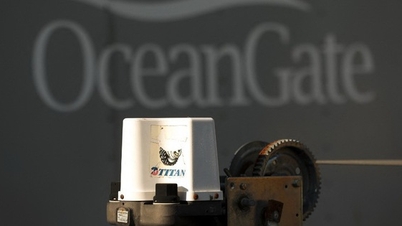


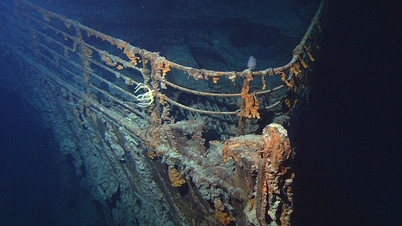
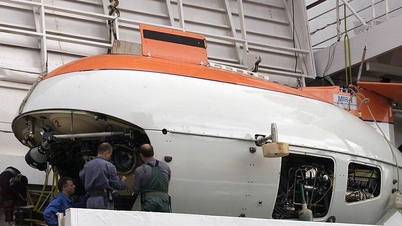
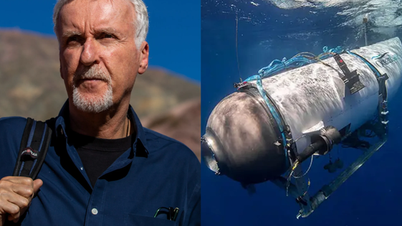
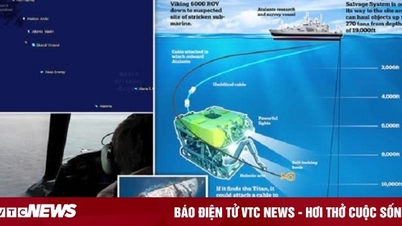







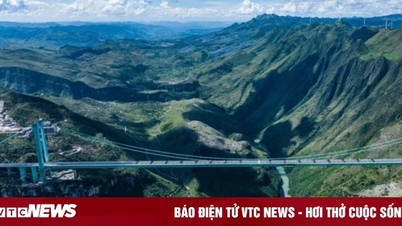










![[Photo] The 1st Congress of Phu Tho Provincial Party Committee, term 2025-2030](https://vphoto.vietnam.vn/thumb/1200x675/vietnam/resource/IMAGE/2025/9/30/1507da06216649bba8a1ce6251816820)
![[Photo] Panorama of the cable-stayed bridge, the final bottleneck of the Ben Luc-Long Thanh expressway](https://vphoto.vietnam.vn/thumb/1200x675/vietnam/resource/IMAGE/2025/9/30/391fdf21025541d6b2f092e49a17243f)
![[Photo] President Luong Cuong receives President of the Cuban National Assembly Esteban Lazo Hernandez](https://vphoto.vietnam.vn/thumb/1200x675/vietnam/resource/IMAGE/2025/9/30/4d38932911c24f6ea1936252bd5427fa)










































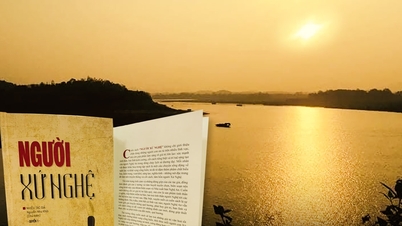

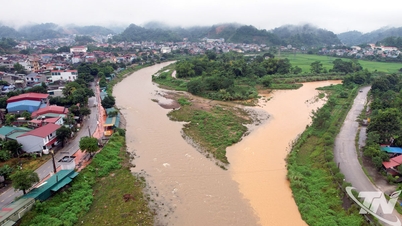

















Comment (0)